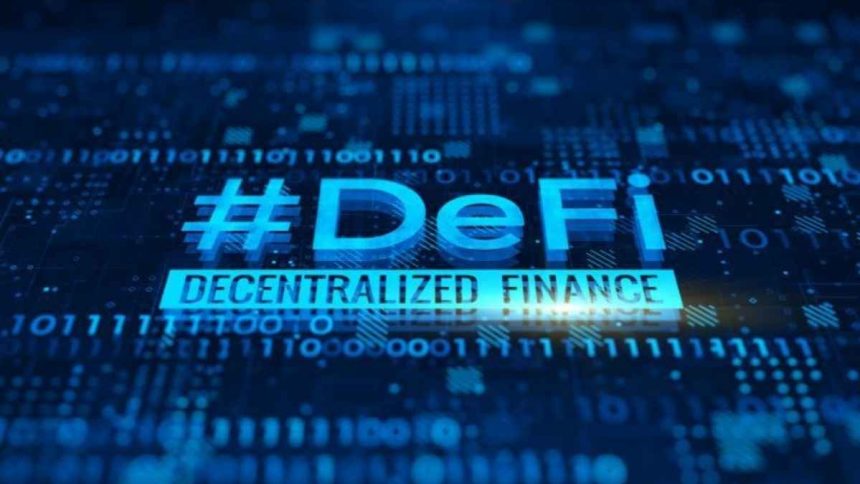The decentralized finance (Defi) ecosystem is attracting more and more users, investors, and liquidity providers. As the sector evolves, some questions have arisen, such as how defi market making differs from traditional market making and what benefits it can offer to liquidity providers.
Defi is a term that refers to a set of cryptographic protocols which enable the operation of financial dApps in a decentralized manner, unlike those operated by centralized institutions such as traditional stock exchanges or banks. The key to all defi is the blockchain, which records changes in digital assets and links them together in a way that allows for virtual audits of the transaction history. In addition, the defi system is characterized by autonomous processes that function to implement smart contracts and automate the execution of pre-determined agreements.
Tokens are a basic element of the defi ecosystem, and they are traded on a decentralized cryptocurrency exchange. The operations in a decentralized crypto exchange are facilitated by a liquidity pool, which consists of the buy and sell orders placed by traders. In order to keep the liquidity pool operational, automated market makers (AMMs) are deployed on the platform. These are software algorithms that ensure there is always enough liquidity in the crypto asset market and help dApps fulfill their functions without relying on a traditional order book, where trades are matched according to buyers’ and sellers’ offers.
AMMs are among the most important innovations of the defi world, and they play an essential role in maintaining the functionality of a decentralized crypto exchange. In fact, without them, many dApps would not even work. The various models of AMMs differ from one another, but the most efficient ones use constant product constructs to determine prices for crypto assets.
In addition to AMMs, the defi market making world also contains a number of other innovative solutions that make it easier and safer for market participants to operate in this emerging ecosystem. For example, token swap market makers (TSMMs) allow users to change their existing tokens into intermediary ones before they can be exchanged for other tokens.
Another exciting area of defi is synthetic assets, which are a unique type of asset that tracks the price of another asset and provides returns to the owner. These instruments can be used in a wide range of applications, including hedge funds and insurance companies. Currently, several projects are working on synthetix protocols that will allow their owners to track synthetic assets’ performance and generate revenue through the issuance of tokens. The new generation of synthesistix will be compatible with a range of different blockchains, including DeFi.
Lynn Martelli is an editor at Readability. She received her MFA in Creative Writing from Antioch University and has worked as an editor for over 10 years. Lynn has edited a wide variety of books, including fiction, non-fiction, memoirs, and more. In her free time, Lynn enjoys reading, writing, and spending time with her family and friends.















